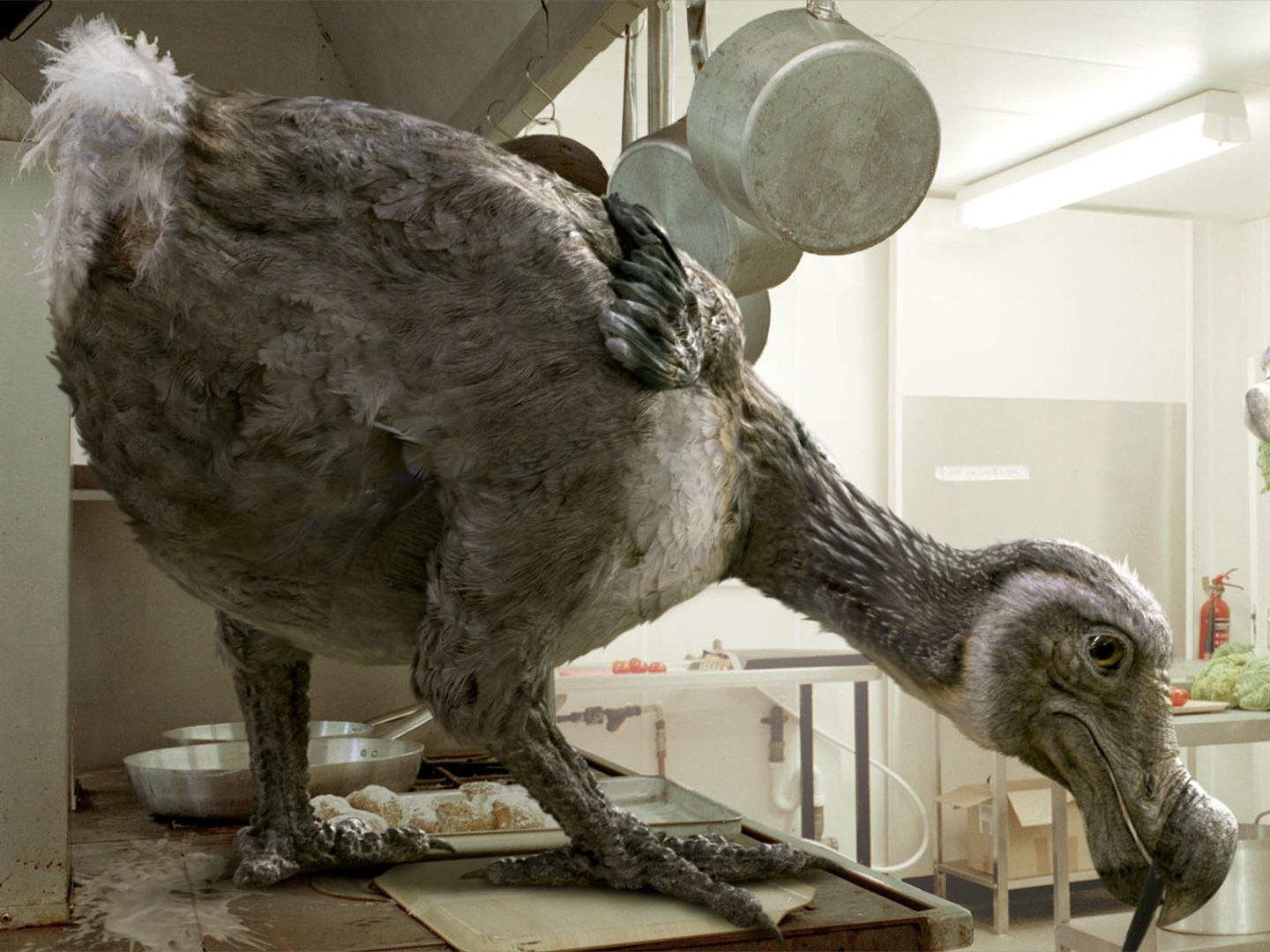

As you can see in the last Le Moyne’s painting, the European leader of the French expedition is a full head shorter than the Indian chief: I am not even speaking of the sixteenth century French. The average height of American males born in 1850 was 171 cm, and 40 years later it fell down to 169 cm. This was not too difficult, because during the second half of the nineteenth century the heights of native-born white Americans were declining. All, with the exception of the Comanche, were as tall as the contemporary white Americans, and most were taller than them. Some, like the Cheyenne, were as tall as the Americans today. Here’s their data for the average heights of men: Tribe Steckel and Prince found that the Plains Indians were astoundingly tall. These authors analyzed the data collected in the nineteenth century by the students of the famous German-American anthropologist Franz Boas. So this observation immediately reminded me of an article by Richard Steckel and Joseph Prince, Tallest in the World: Native Americans of the Great Plains in the Nineteenth Century. Average population height is a very sensitive indicator of changing standard of living (see for example my blog on this topic). I am a big fan of using anthropometric data to measure people’s well-being. We are also lucky that he survived because he brought with him a wealth of ethnographic observations.īut as I was looking through Le Moyne’s illustrations, I couldn’t help noting, first subconsciously, and then in a more aware manner, just how tall the Native Americans were compared to the Europeans: Le Moyne was lucky to survive and get back to Europe. The expedition was a disaster, first running afoul of hostile Indians, and eventually being wiped out by fellow Europeans (the Spanish). Le Moyne was part of an ill-fated French expedition to Florida in 1564–5.

The main argument about the intensity of warfare in Native American societies rests on very solid archaeological data, and doesn’t depend on Le Moyne’s veracity. In any case, in my previous blog I used Le Moyne’s paintings as illustrations (and for their shock value, I admit). Although there was some controversy on the authenticity of his depictions of life in Southeastern North America in sixteenth century, I believe that at this point the verdict is that they are a good ethnographic source. In my previous blog on War Before Civilization I used the paintings by a French artist Jacques Le Moyne de Morgues.


 0 kommentar(er)
0 kommentar(er)
